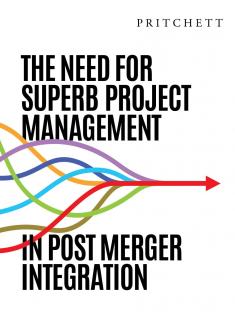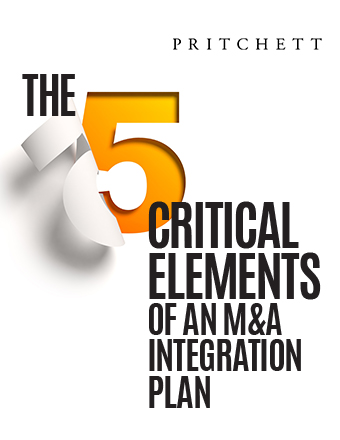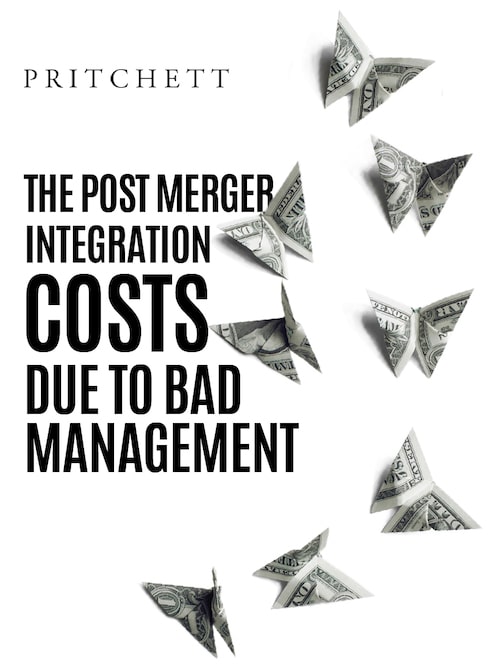Assessing the Project Management Challenge
Managing the marriage of two companies is certainly one of the most difficult assignments one can face in the corporate world. Anyone who has led the implementation of a large information system or the relocation of a facility knows how many headaches can be associated with those sorts of challenges. But leading integration involves all the problems of those projects plus an even longer list of management demands. In addition, all of these challenges must be handled in an environment characterized by complicated, high-pressure conditions. The following table details some of the difficulties that management must face during integration and describes the unique circumstances that make it an unusually tough exercise.
| Management Challenges | Complicated By |
|---|---|
|
|
Because the convergence of these challenges occurs in a different environment than normally exists for managers, different approaches are required. Managing a merger, regardless of size, is distinctly different from managing an ongoing operation. The first step one can take toward being an effective manager of mergers and acquisitions is to understand what a unique event they represent in the life cycle of an organization. As a method of corporate growth, they are revolutionary rather than evolutionary. And it is important to recognize that uncommon growth calls for uncommon solutions. This often means managing the transition in a fashion that seems counterintuitive or completely different from established organizational norms.
Mergers and acquisitions heat up the management atmosphere. There is so much to do at once and so much at stake. It is crucial to proceed with a clear sense of priorities, and this calls for a carefully structured approach.
Good integration management is characterized by discipline, focus, and dedicated resources. A project group should be formed to manage the transition, and it should operate as a parallel organization focusing purely on the integration process. This organization needs to be adequately staffed, with people’s roles and responsibilities clearly defined. Several individuals should plan to devote their time fully to the project during the transition so that the integration process has the necessary direction and continuity.
Disorganization gets dangerous during an integration. Let’s face it; merging is confusing enough even when good project management practices are in place. Without that kind of discipline, the situation can all too easily spin out of control. This is a highly charged political climate where people operate with very different, personalized agendas. There are so many pressure points, conflicting points of view, and management distractions. Unless you employ a carefully orchestrated project management approach, it is almost impossible to get through the integration without damaging the potential of the deal.
Treating the transition period like a special project helps management adhere to a schedule, balance resources, focus on priorities, and manage risk effectively. That certainly makes it worth the effort. But beyond all that, taking a project management approach makes it much easier to navigate the demanding integration process. It helps prevent wasted motion, false starts, and divergent initiatives that emotionally drain the people involved and produce poor results.
Projects versus Operations
Implementing a project management approach doesn’t come naturally to some people. After all, most organizations are built around ongoing operations. And the skill set or techniques required to run a project are quite different from those that might make someone a star as an operating professional. Table 2 highlights some of the key differences between projects and operations.
| Projects | Operations | |
|---|---|---|
| TIME FRAME | Clear start and end date | Ongoing |
| RESOURCES | Constant change | Optimized/predictable |
| RISK MANAGEMENT | Consolidate risk | Diversify risk |
| REPORTING | One time | Repetitive |
| SUCCESS MANAGEMENT | Based on final results | Based on constant review |
Table 2 Projects versus Operations
What happens when there is an absence of the discipline and structure that a project management approach provides?
There’s a resource drain, loss of focus for both organizations, and serious slippage in productivity.





